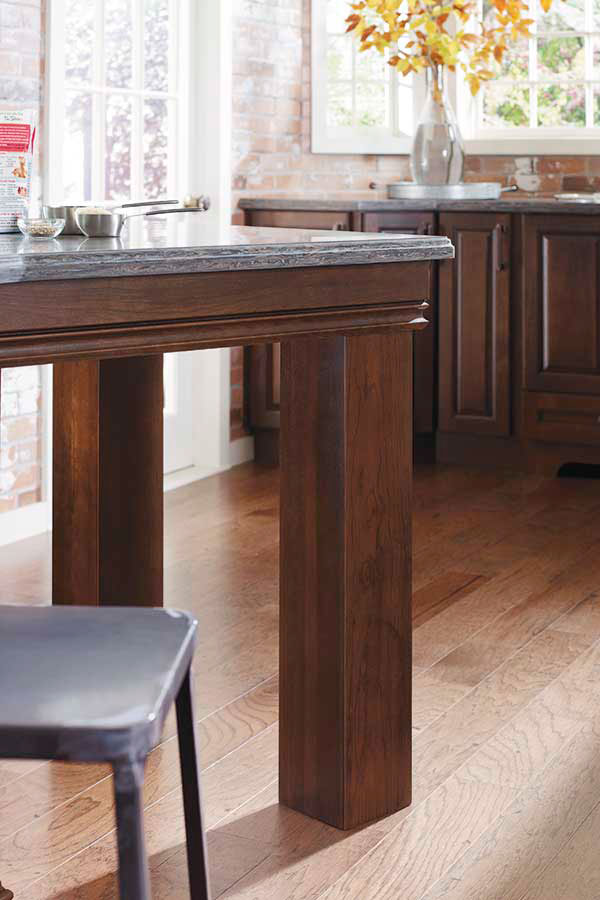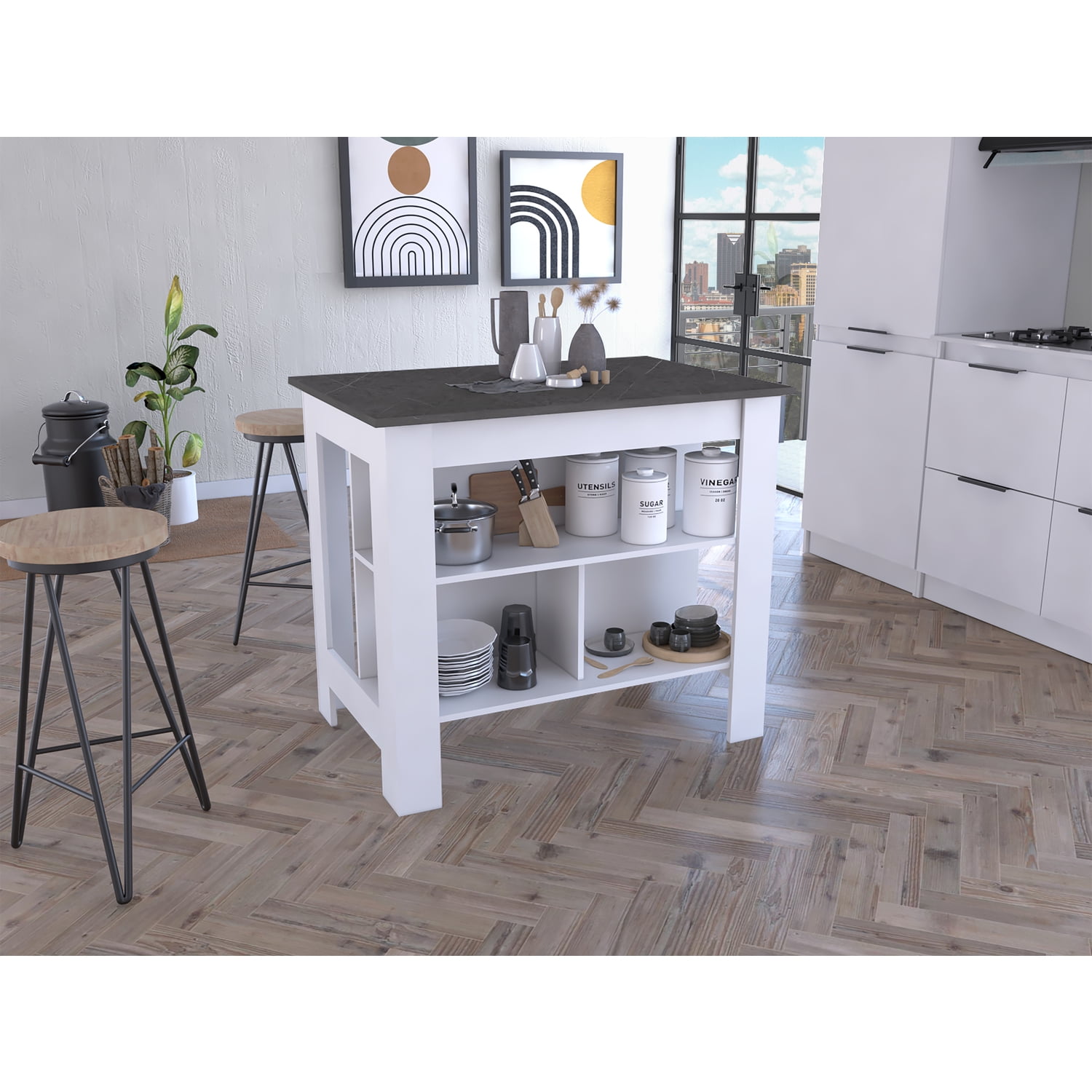Achieve an Advanced Appearance Using Ornate Legs For Kitchen Island Styles
Achieve an Advanced Appearance Using Ornate Legs For Kitchen Island Styles
Blog Article
Trick Factors To Consider for Locating the most effective Legs For Cooking Area Island for Your Design
When selecting the optimal legs for your cooking area island, a number of key factors to consider come into play that can considerably affect both performance and aesthetic appeals. The option of height, product, and style should line up with your overall cooking area design to guarantee an unified look.
Determine Your Style Preference
Determining your style choice is crucial when selecting the ideal legs for your cooking area island. The legs of your cooking area island not just serve a functional purpose but also contribute substantially to the total visual of the space. Determining your design style-- be it modern-day, rustic, traditional, or industrial-- is crucial.
For a contemporary kitchen, consider smooth, minimalistic legs that complement open rooms and clean lines. Traditional cooking areas typically favor turned or luxuriant legs, which can add a touch of sophistication and elegance.
Additionally, consider the height and proportion of the legs in relationship to the island's surface area. Inevitably, your style preference will influence not just the selection of legs but likewise the total harmony of your cooking area's design.
Pick the Right Material
Choosing the best material for your kitchen island legs is pivotal in guaranteeing both toughness and aesthetic appeal. Different materials supply distinct advantages, and the choice typically mirrors your style choices and practical demands.
Timber is a popular choice, offering heat and convenience. It can be stained or painted to match your kitchen area design, making it adaptable to various designs, from rustic to contemporary. However, wood may call for routine maintenance to preserve its look and honesty.

If you look for an one-of-a-kind touch, consider acrylic or glass materials. They can develop an illusion of area and lightness in your kitchen, making them an outstanding selection for smaller locations - Legs For Kitchen Island. Nonetheless, these choices may require careful handling and upkeep to prevent scratches.
Eventually, the material you select ought to straighten with your kitchen area's overall design, ensuring that the legs offer both useful and attractive functions.
Consider Height and Percentages
When developing a cooking area island, elevation and proportions play a crucial function in guaranteeing functionality and convenience. The conventional height for a kitchen area island typically varies from 36 to 42 inches, lining up with standard counter elevations or bar heights, respectively. This dimension is vital for balancing with bordering countertops and feceses, allowing convenience of usage during dish preparation and social communications.
In addition, the island's percentages must match the overall kitchen area format. Think about the ratio between the island's size and length, guaranteeing it supplies ample surface area without crowding the kitchen area.
In addition, the height of the legs or base can influence the visual charm and performance. Taller legs might provide an extra modern-day, ventilated feeling, while much shorter ones can evoke a standard, based appearance. Ultimately, meticulously considering elevation and percentages will certainly cause a kitchen island that is both aesthetically enticing and functionally effective, boosting the general style of the area.
Assess Stability and Toughness
A kitchen area island's legs should not just enhance its height and proportions however likewise provide adequate security and longevity to sustain daily activities. The legs are necessary to the overall performance of the island, as they birth the weight of the kitchen counter and any kind of additional loads, such as home appliances or cooking jobs.
When analyzing stability, it is vital to consider the leg design and material. Sturdy metal or solid hardwood legs commonly supply superior strength compared to lighter materials like engineered wood or plastic. Additionally, a larger base can enhance stability, reducing the danger of tipping or wobbling during use.
Resilience is equally important; the legs should stand up to wear and tear from everyday usage. Consider finishes that safeguard against scratches, dents, and dampness, particularly in a kitchen area setting. Evaluate the top quality of building, company website such as attachments and joints, which can dramatically affect the legs' long-term efficiency.
Eventually, buying well-crafted legs that focus on stability and resilience will certainly ensure your kitchen island continues to be a trusted office for years ahead, improving your cooking experiences while preserving aesthetic charm.
Element in Upkeep and Care
Upkeep and care are essential considerations for ensuring the durability and efficiency of kitchen area island legs. When picking legs, it is vital to assess the materials utilized, as various choices call for varying degrees of maintenance. Wood legs may need routine refinishing or sealing to avoid dampness damages and scratches, while metal legs might require regular polishing to preserve their sparkle and protect against rust.
Additionally, the coating applied to the legs can influence maintenance needs. A high-gloss finish might be easier to clean however might reveal finger prints and scratches quicker than a matte coating. It is advisable to choose click this materials and surfaces that match your way of living; as an example, if you frequently host gatherings, choose go to these guys resilient materials that can stand up to damage.
In addition, take into consideration the cleansing procedure involved in preserving these legs. Smooth surface areas often require minimal initiative, while elaborate layouts might build up dirt and grime, requiring even more labor-intensive cleaning methods. Legs For Kitchen Island. Ultimately, considering the maintenance and treatment required for your selected kitchen area island legs will certainly not just enhance their visual allure but additionally guarantee their useful honesty gradually
Verdict
To conclude, choosing the optimum legs for a cooking area island necessitates cautious factor to consider of numerous factors, consisting of design style, material option, upkeep, stability, and height. Each component plays an essential function in ensuring that the legs not only improve the visual charm of the kitchen area yet also provide the needed support and sturdiness for daily use. A well-informed choice will eventually add to a functional and aesthetically pleasing kitchen area environment.
The legs of your kitchen area island not only serve a useful function yet additionally add substantially to the general aesthetic of the space.Upkeep and treatment are important factors to consider for ensuring the long life and efficiency of cooking area island legs. Wooden legs may require routine refinishing or sealing to protect against dampness damage and scratches, while metal legs might need normal brightening to keep their luster and prevent corrosion.
Ultimately, factoring in the upkeep and treatment needed for your picked cooking area island legs will certainly not only enhance their aesthetic charm but additionally guarantee their practical stability over time.

Report this page